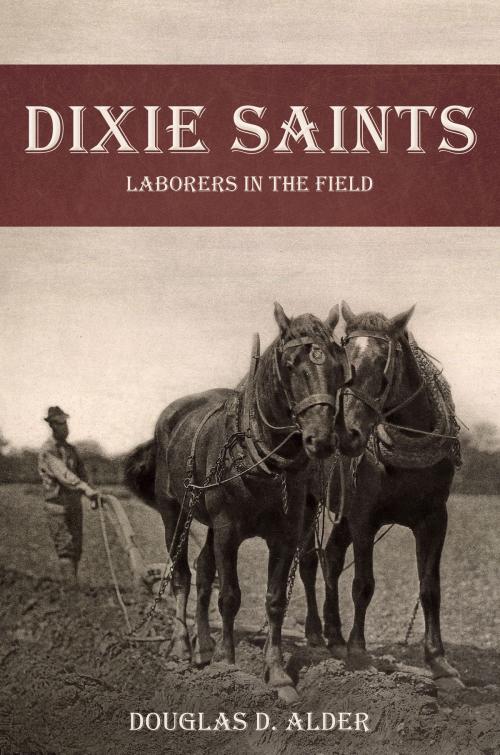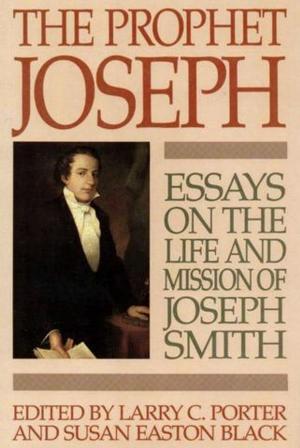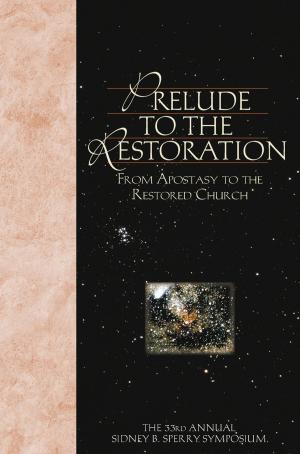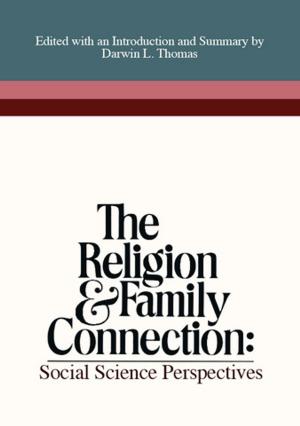Dixie Saints: Laborers in the Field
Nonfiction, Religion & Spirituality, Christianity, Denominations, Mormonism| Author: | ISBN: | 9781629735689 | |
| Publisher: | Deseret Book Company | Publication: | August 31, 2017 |
| Imprint: | RSC | Language: | English |
| Author: | |
| ISBN: | 9781629735689 |
| Publisher: | Deseret Book Company |
| Publication: | August 31, 2017 |
| Imprint: | RSC |
| Language: | English |
Dixie Saints tells the stories of the common folk who lived in Utah's "Dixie": the farmers and ranchers, the fruit peddlers, the road builders, the timber cutters and lumber makers, the freighters, the midwives, the mothers and child nurturers, the teachers, the choir singers and band players—those whose names are on genealogy charts but seldom in the history books. These people weren't considered pioneers, because they were of the second generation in the area, but they worked hard and helped to lay a foundation for thriving communities.
This book consists of interviews conducted with people born between 1880 and 1910 who grew up in southwestern Utah, the Arizona Strip, and the Muddy River region in Nevada. The excerpts are divided into seven topical chapters: family life/childhood/teenage years, school, work, health and sickness, Mormon colonists in Mexico, interactions with Native Americans, and service. In his introductory essay, the author offers 15 overarching observations based upon the interviews. These furnish a valuable collective portrait of life on the fringes of Mormon society early in the twentieth century—a time period that has been largely overlooked in the social history of Mormonism.
Dixie Saints tells the stories of the common folk who lived in Utah's "Dixie": the farmers and ranchers, the fruit peddlers, the road builders, the timber cutters and lumber makers, the freighters, the midwives, the mothers and child nurturers, the teachers, the choir singers and band players—those whose names are on genealogy charts but seldom in the history books. These people weren't considered pioneers, because they were of the second generation in the area, but they worked hard and helped to lay a foundation for thriving communities.
This book consists of interviews conducted with people born between 1880 and 1910 who grew up in southwestern Utah, the Arizona Strip, and the Muddy River region in Nevada. The excerpts are divided into seven topical chapters: family life/childhood/teenage years, school, work, health and sickness, Mormon colonists in Mexico, interactions with Native Americans, and service. In his introductory essay, the author offers 15 overarching observations based upon the interviews. These furnish a valuable collective portrait of life on the fringes of Mormon society early in the twentieth century—a time period that has been largely overlooked in the social history of Mormonism.















